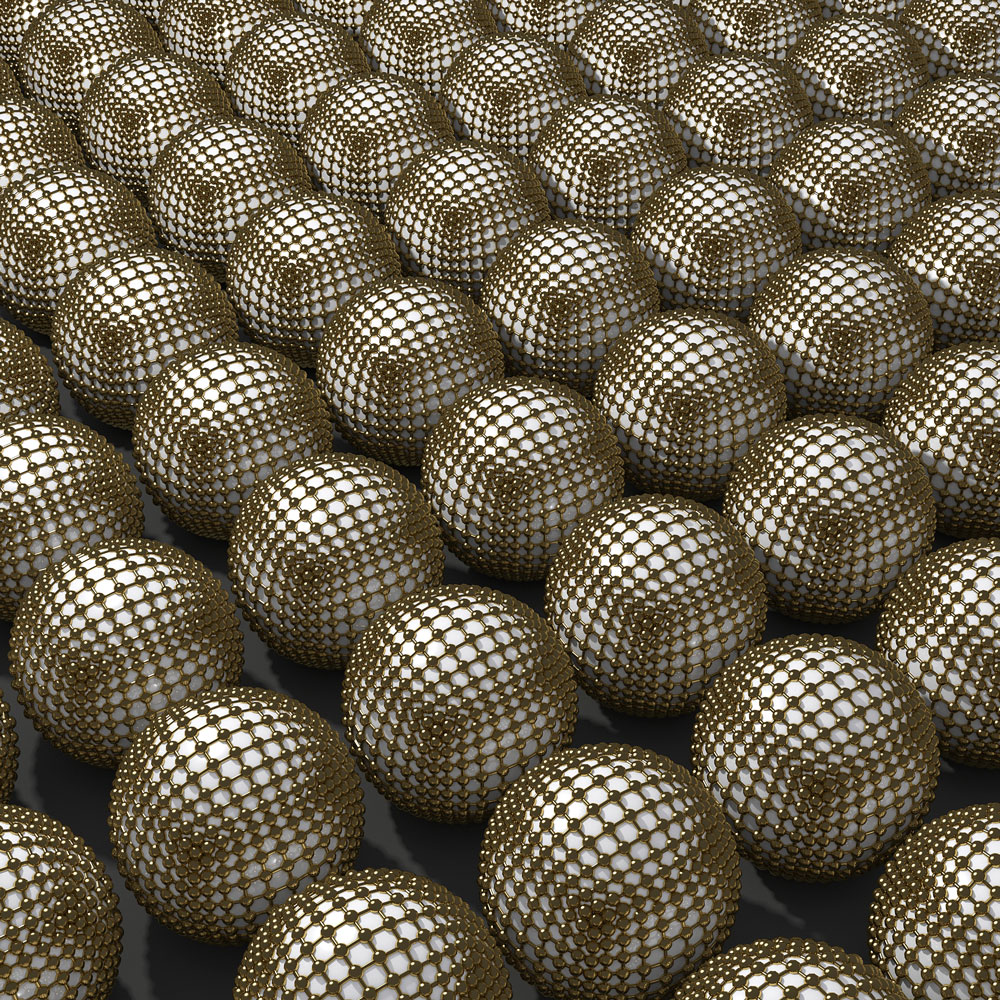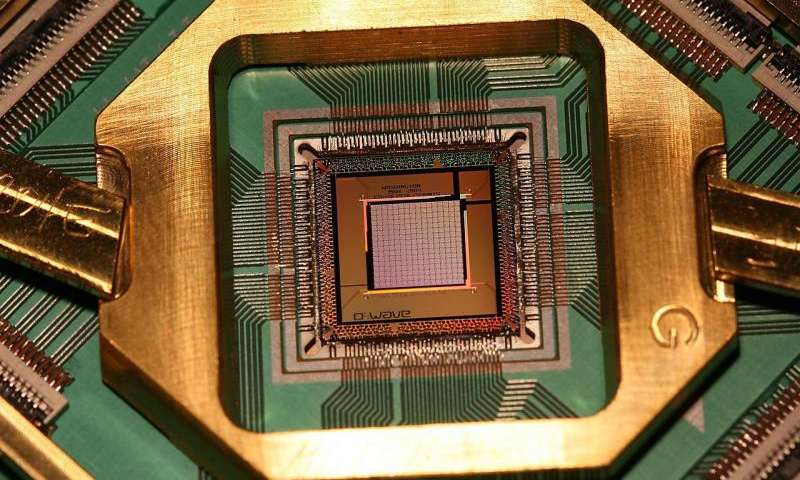Long associated with the discovery of carbon nanotubes (CNTs), NEC Corporation has announced another carbon material, carbon nanobrushes, in a July 7, 2016 news item on phys.org,
NEC Corporation today [June 30, 2016] announced the discovery of a new nano carbon material, the “carbon nanobrush,” a fibrous aggregate of single-walled carbon nanohorns. Moreover, NEC has become the first company in the world to manufacture the carbon nanobrush.
A June 30, 2016 NEC Corporation press release, which originated the news item, provides more detail (Note: This excerpt has been reformatted for clarity),
“The ‘carbon nanobrush’ is a new nano carbon material that, like existing carbon nanohorns, has high water and solvent dispersity, and high adsorptivity, including substance adsorption, but has more than 10 times the electrical conductivity than existing carbon nanohorns, an important characteristic for industrial applications,” said Dr. Sumio Iijima, Senior Research Fellow, NEC Corporation. “With these characteristics, it is anticipated that the carbon nanobrush will help to improve the basic functionality of a range of devices, including increasing the speed of sensor and actuator responses, improving the output properties of batteries and capacitors, while increasing the electrical conductivity of rubber and plastic composite materials, as well as having application in a wide range of industries.”
1. TEM images of the obtained samples
2. Tips of single-walled carbon nanohorn
3. Spherical-carbon nanohorn aggregates
Carbon nanohorns are horn-shaped (figure 2) nano carbon structures 2-5 nanometers (nm) in diameter and 40-50nm in length, which until now have been produced as radial spherical aggregates (figure 3). The newly discovered carbon nanobrush is a uniquely shaped material. It is fibrous aggregates composed of radially-assembled graphene-based single-walled nanotubules, named here as fibrous aggregates of single-walled carbon nanohorns, whose structure resembles that of a round brush (figure 1).
Features of the “carbon nanobrush” include the following:
- Structure
(1)Single-walled carbon nanohorns of 2-5nm in diameter and 40-50nm in length radially gather and are connected fibrously in several micrometers.
(2)The single-walled carbon nanohorn which is a horn-shaped nano carbon structure with a large surface area radially gather and are connected fibrously in several micrometers. So it has a large surface area per unit mass (up to 1700㎡/g).
- Characteristics
(1)Dispersity
Like carbon nanohorns, the carbon nanobrush has high dispersibility, dispersing in water and organic solvents, for example. This means that it can be easily mixed with a variety of materials, making it easy to improve its characteristics as a base material.(2)Adsorptivity
Like spherical carbon nanohorns, the carbon nanobrush can contain various substances in the nano-sized spaces inside the tubular structure, so it can be utilized as a high-performance adsorbent. When holes are formed on the surface of the carbon nanohorns by oxidation treatments, the inner space can be used, expanding the surface area by a factor of approximately five and greatly increasing adsorptivity.(3)Electrical conductivity
As carbon nanobrush is a fibrous aggregate of radially-assembled carbon nanohorns, it has more than 10 times the electrical conductivity compared with existing spherical carbon nanohorn aggregates. As a result, they are highly effective in increasing the speed of sensor and actuator responses, increasing output properties of batteries and capacitors, and increasing the electrical conductivity of rubber and plastic composite materials.
- Production process
Carbon nanobrush can be produced at room temperature and under atmospheric pressure using the laser ablation method where an iron-containing carbon target (mass of carbon) is irradiated by a laser with high power density. The simple production process means that they can be produced efficiently and at a low cost when compared to the cost of other nano carbon materials.This technology was developed in part through collaborative research with the National Institute of Advanced Industrial Science and Technology (AIST).
Here’s a link to and a citation for the paper,
Preparation and Characterization of Newly Discovered Fibrous Aggregates of Single-Walled Carbon Nanohorns by Ryota Yuge, Fumiyuki Nihey, Kiyohiko Toyama, and Masako Yudasaka. Advanced Materials DOI: 10.1002/adma.201602022 Version of Record online: 25 MAY 2016
© 2016 WILEY-VCH Verlag GmbH & Co. KGaA, Weinheim
This paper is behind a paywall.
For anyone interested in a history of carbon nanotubes, there’s my June 10, 2016 posting: The birth of carbon nanotubes (CNTs): a history, which includes a mention of NEC and its position as the discoverer of carbon nanotubes.






